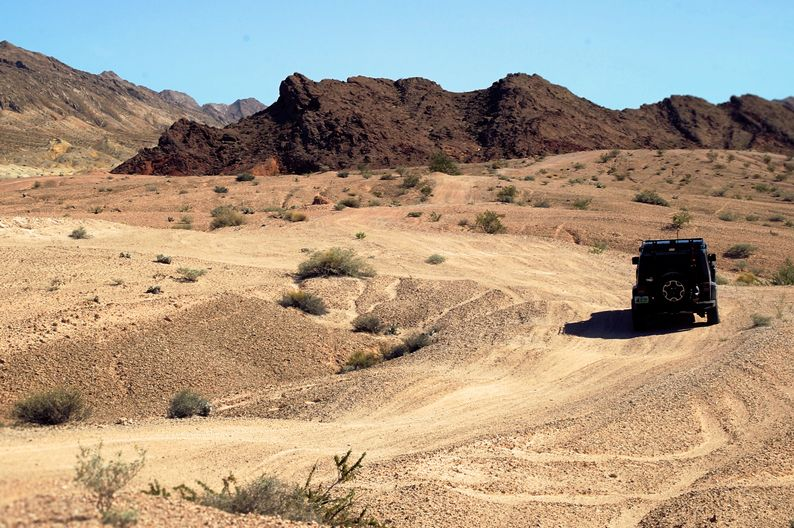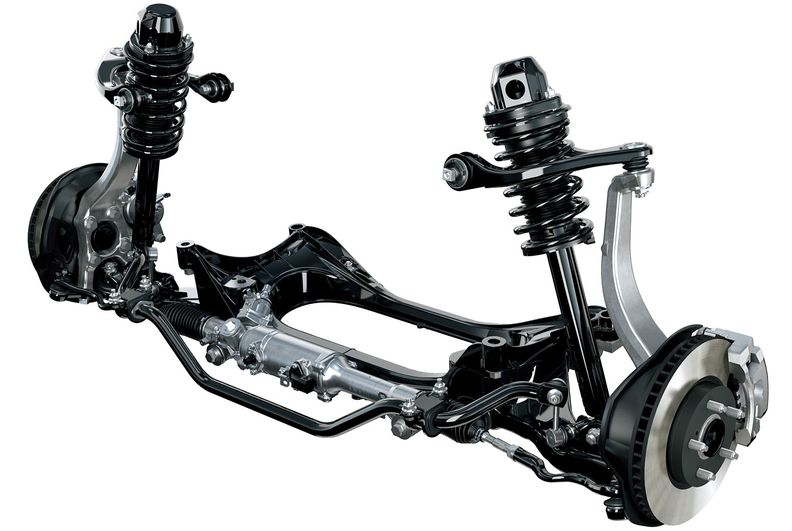The Issue
A defect in the area of the front-wheel axle unit influences the behaviour of the vehicle and its reliability. The objective was for Metravib to propose and evaluate indicators in order to detect the defects of the front-wheel axle unit during driving on a production vehicle.
Five types of defects have been studied. Monitoring the degradation of these sensitive elements with sensors will allow the customer to reduce costs in the end (manufacturing, maintenance) and ensure good reliability of the produced vehicles.
Several configurations have been analysed by Metravib teams following a methodology in several steps:
- Comparative analysis of the signals to propose a set of indicators
- Systematic analysis to confirm the previous results and prepare the data for the classification work
- Research of the best indicators & the training of classification models



